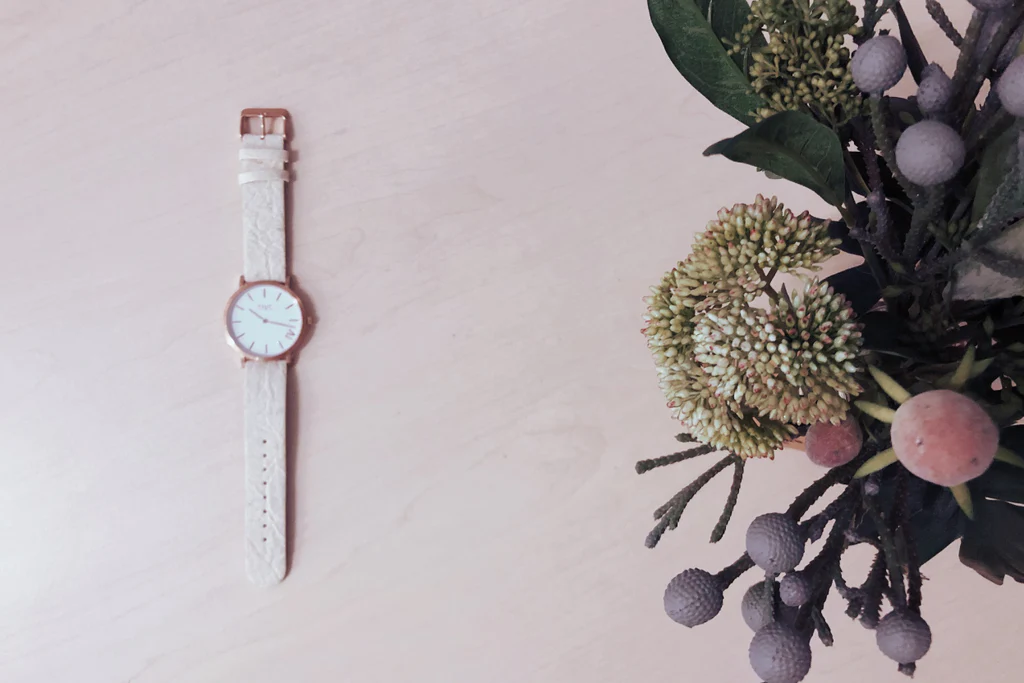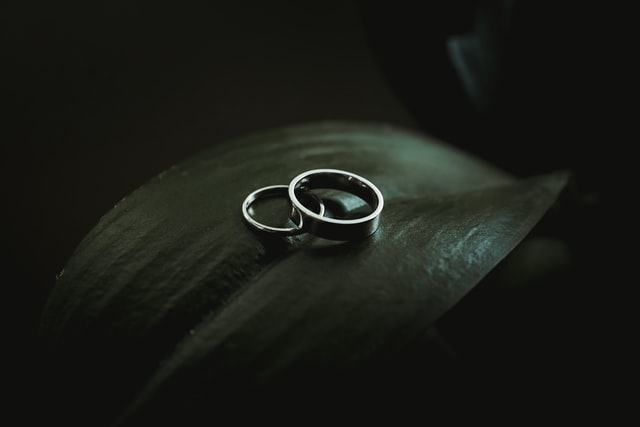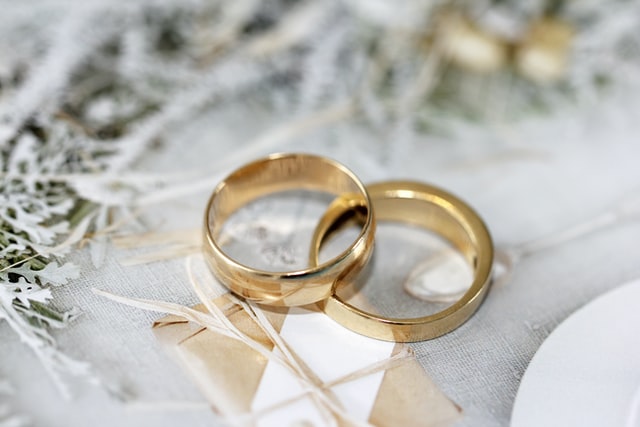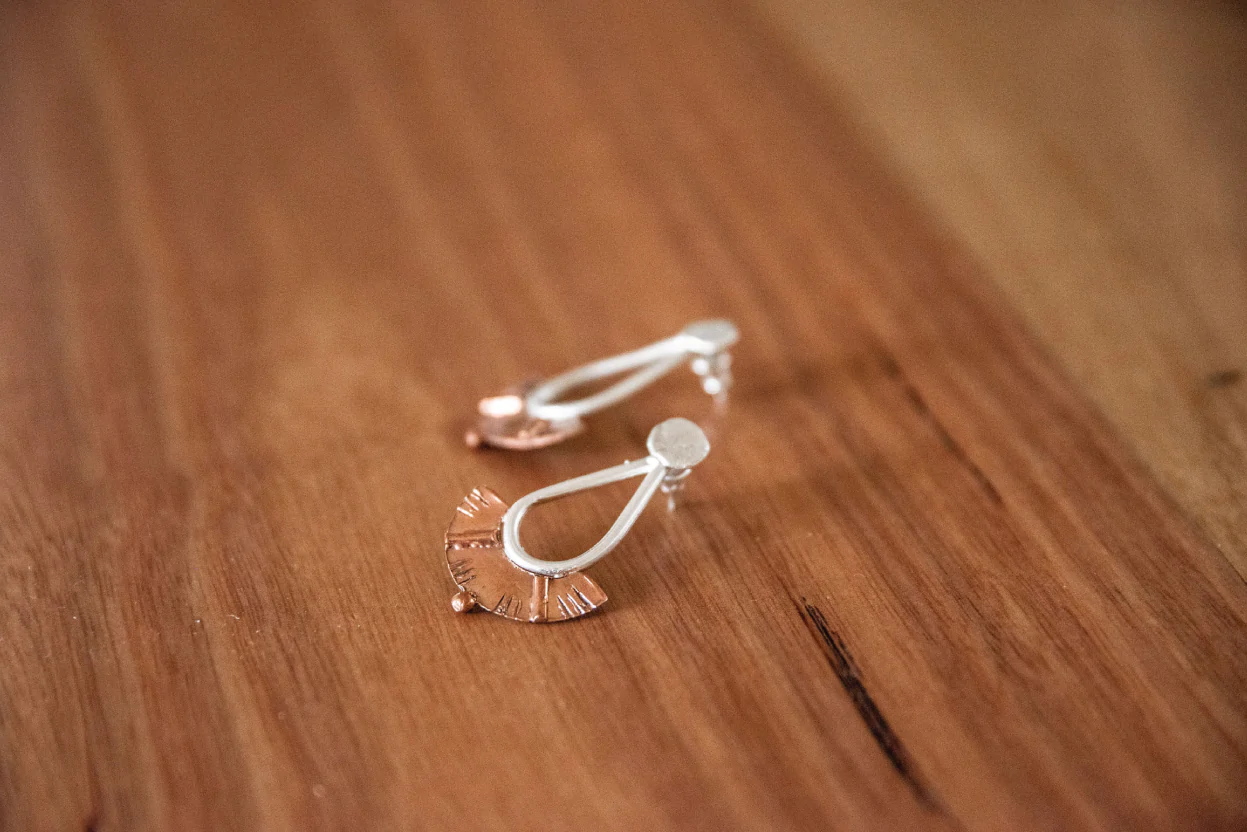
MEG WATSON is a jeweler with ethical and sustainable values
When I was a child, my mother used to call me Bowerbird. I was the kid who would go to the beach and come home with a pocket full of treasure; Beautiful colored rocks, strange shells, shards of dried seaweed, and even shards of smooth glass. I’ve always had a soft spot for pretty and unique things, and as I got older, my bowerbird senses shifted to silver trinkets.
I love the sound of the bangles on my wrists. I like to wear four rings on one hand, or stack three different rings on one finger. I love pendant earrings and tribal style ornaments, which is why I fell in love with Meg Watson and her jewelry.
Meg’s work is inspired by the exotic, and her work blurs bold shapes and complex textures with a soft touch. She is herself a passionate supporter of local crafts, having hand-crafted each of Meg Watson’s creations in her small Melbourne studio.
She designs for all occasions; Her collection may be bold and beautiful, but it can be worn with evening dresses or old jeans. Meg recently left the studio to share more about her journey in jewelry design and what it means to practice ethical production…
Why are you passionate about ethical jewellery?
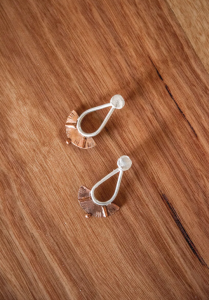
I see jewelry as a wearable piece of art that, like other forms of fashion, allows me to express myself creatively. The idea of making this art in an unethical way completely robs it of its beauty and soul. For me, living in a world of mass-produced products, buying jewelry that is transparent about its materials, its production process, and the individuals involved in its design and creation adds enormous sentimental value to each piece. When you realize that someone, not something, put blood, sweat and tears (and guts) into creating each piece, you appreciate it on a different level, not just the cost. You can really feel the love and care in the hands of a human being being injected into each piece.
Why are you passionate about sustainability in the fashion industry?
We now have such a deep understanding of fast fashion’s impact on our environment. Being involved in the fashion industry, I feel a responsibility to always review my processes to ensure that I continue to look for ways to reduce impact. My biggest passion for fashion sustainability is reducing waste and knowing that I am working to reduce my impact on landfills. Making sure my designs don’t follow trends is what drives me, rather I try to create pieces that are unique and will last for decades. I also do my best to reduce waste by using processes that minimize scraps and ensure that any scraps are reused or recycled.
Why do you do what you do?
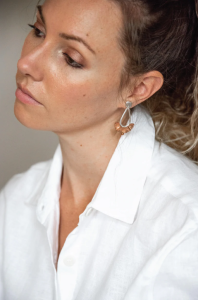
I like to create. I really do. I used to create all the time, and then life got serious, I got a serious job, had kids, and devalued the importance of making creative space in your life. As cliched as it sounds, once I allowed myself to acquire some skills and tools again, it was as if it awakened the creative soul inside me again and continued to take me to my happy place every time I designed or created. It’s magic. After my second child, I started writing again; I think I need something that fits me. Unable to concentrate on creating interesting outfits beyond jeans and T-shirts, I find myself constantly on the lookout for personality earrings to add a bit of surprise to a less stunning outfit. From there I started to design and make my own earrings. Having such joy in the creative process, but when someone loves your jewelry, it’s also beautiful.
How do you want people to respond to your jewellery?
First, I want people to connect with my jewelry on some emotional level, and they can immediately see themselves wearing it in multiple outfits and multiple occasions. All my collections are designed to match everyday and evening wear. I want people to feel as if they are buying something they will enjoy for a long time. Individual items are made without following any trend, so when someone buys them, hopefully it will continue to bring joy and reuse, no matter what is “trending” or not. I hope they bought it from a connected place, not the “focus” of that season.
Why do you think it is important to support small local artisans?
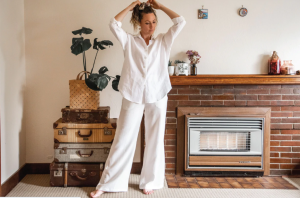
As a society, we need to invest more in beauty to enrich our lives and support the talented people who create it. It’s really important to encourage and reward people who push themselves to create new ideas, rather than simply following others.

